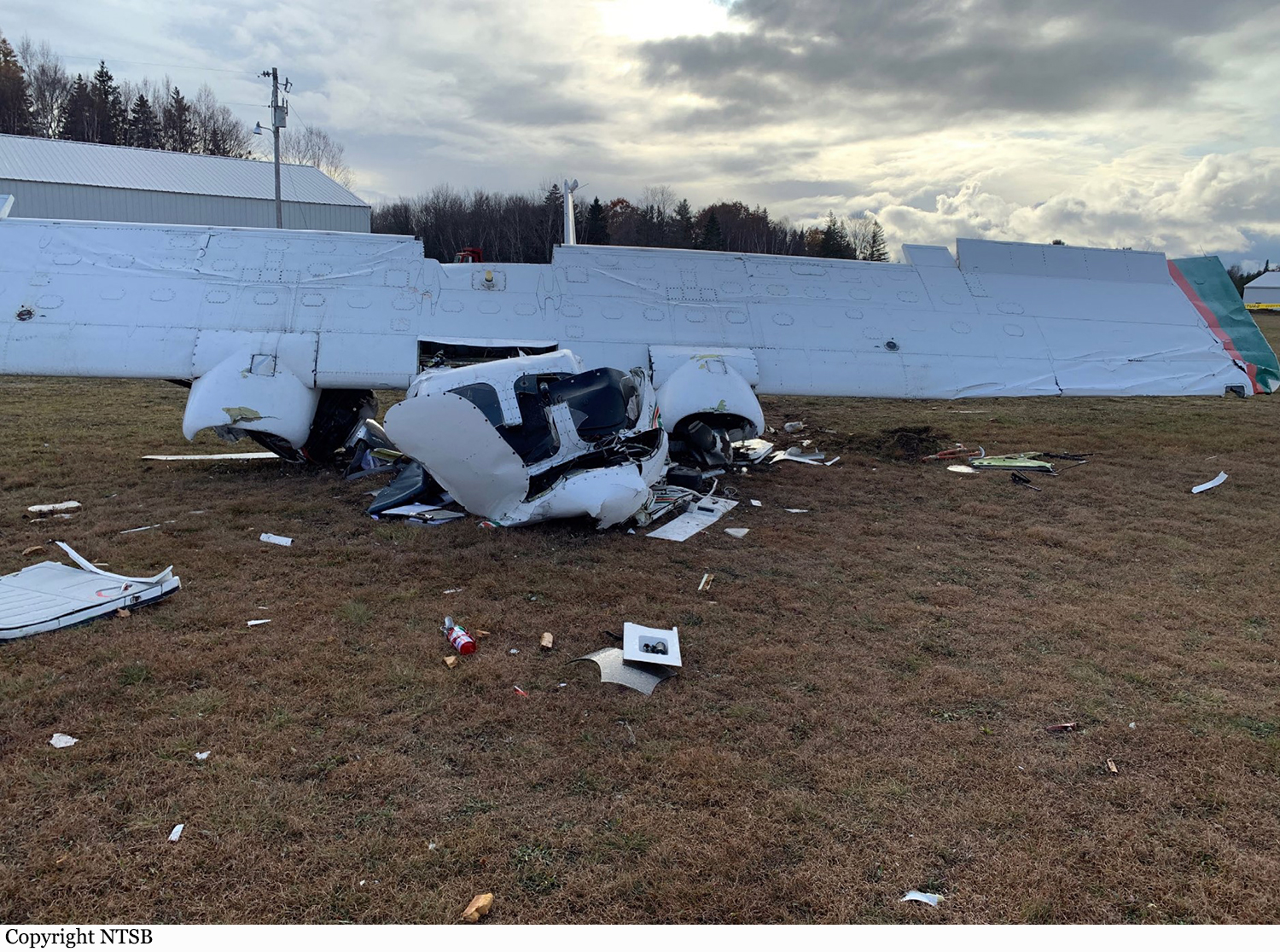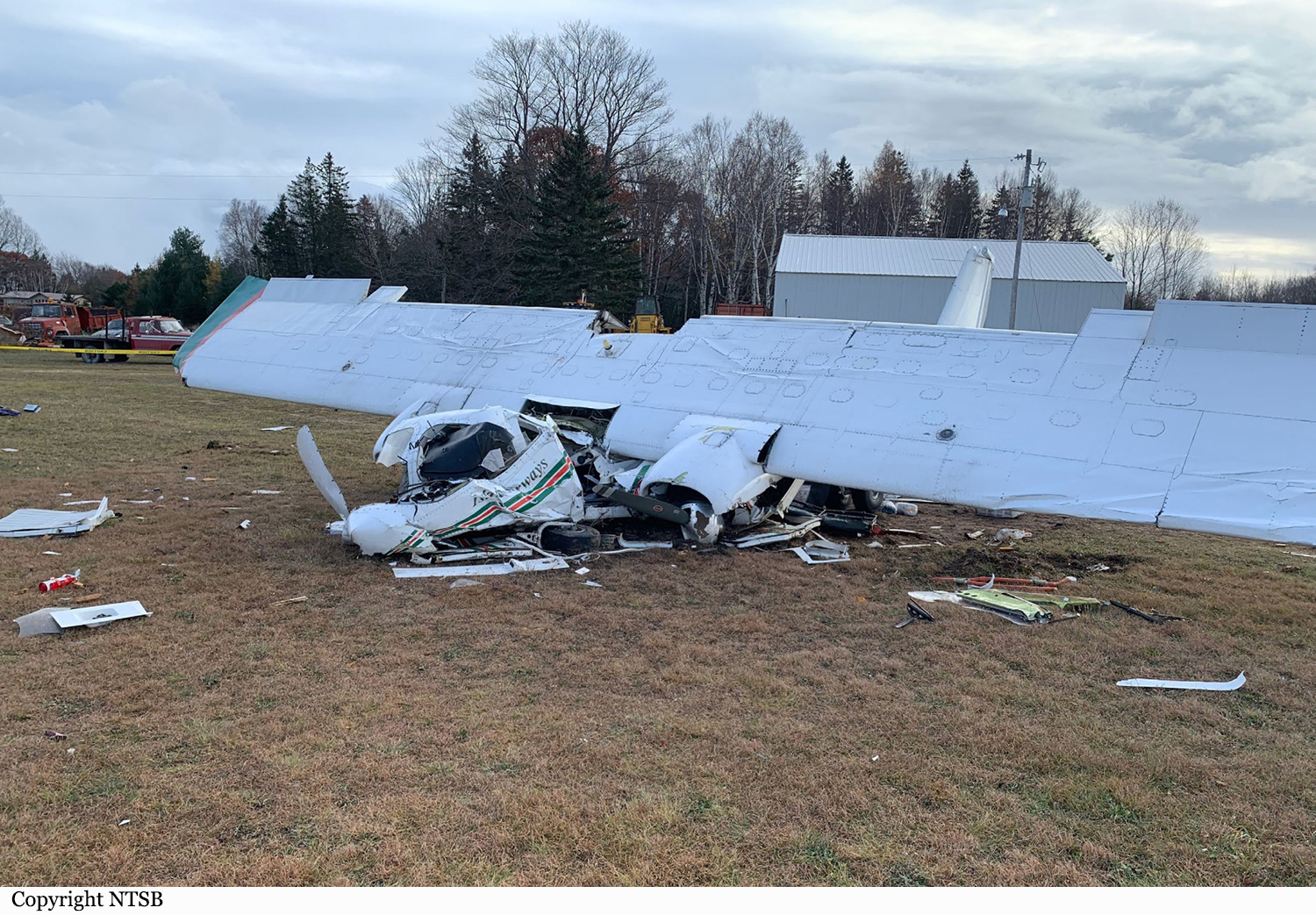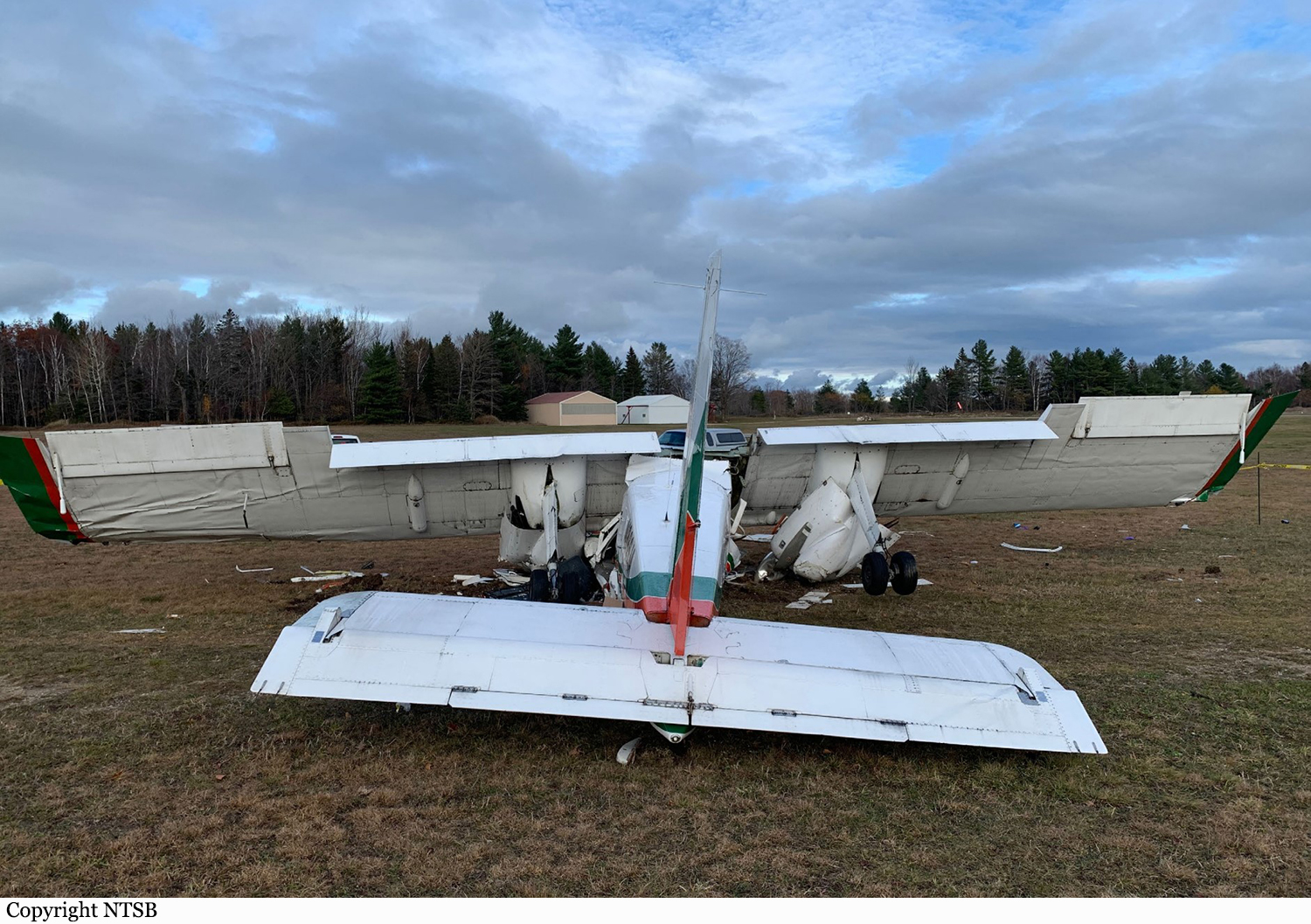Crash of a Britten Norman BN-2A-6 Islander in Beaver Island: 4 killed
Date & Time:
Nov 13, 2021 at 1349 LT
Registration:
N866JA
Survivors:
Yes
Schedule:
Charlevoix – Beaver Island
MSN:
185
YOM:
1970
Crew on board:
1
Crew fatalities:
Pax on board:
4
Pax fatalities:
Other fatalities:
Total fatalities:
4
Captain / Total hours on type:
136.00
Aircraft flight hours:
20784
Circumstances:
A pilot-rated witness observed the airplane during the final approach to the destination airport and stated that the airplane was flying slowly, with a high pitch attitude, and was “wallowing” as if nobody was flying. The airplane stalled and impacted the ground about 300 ft from the runway. GPS and automatic dependent surveillance-broadcast (ADS-B) data captured the accident flight, but the ADS-B data ended about 0.24 miles before the accident. GPS data showed that the airplane’s speed was at or near the published stall speed for the airplane’s given loading condition. The airplane sustained substantial damage to the fuselage and both wings. Examination of the airplane verified flight and engine control continuity. No preimpact anomalies were found with respect to the airplane, engines, or systems. The pilot allowed the airspeed to decrease during the approach, increased pitch attitude, and exceeded critical angle of attack, which resulted in an aerodynamic stall and spin into terrain.
Probable cause:
The pilot's exceedance of the airplane's critical angle of attack during final approach, which resulted in an aerodynamic stall and loss of control at an altitude too low to recover.
Final Report:











